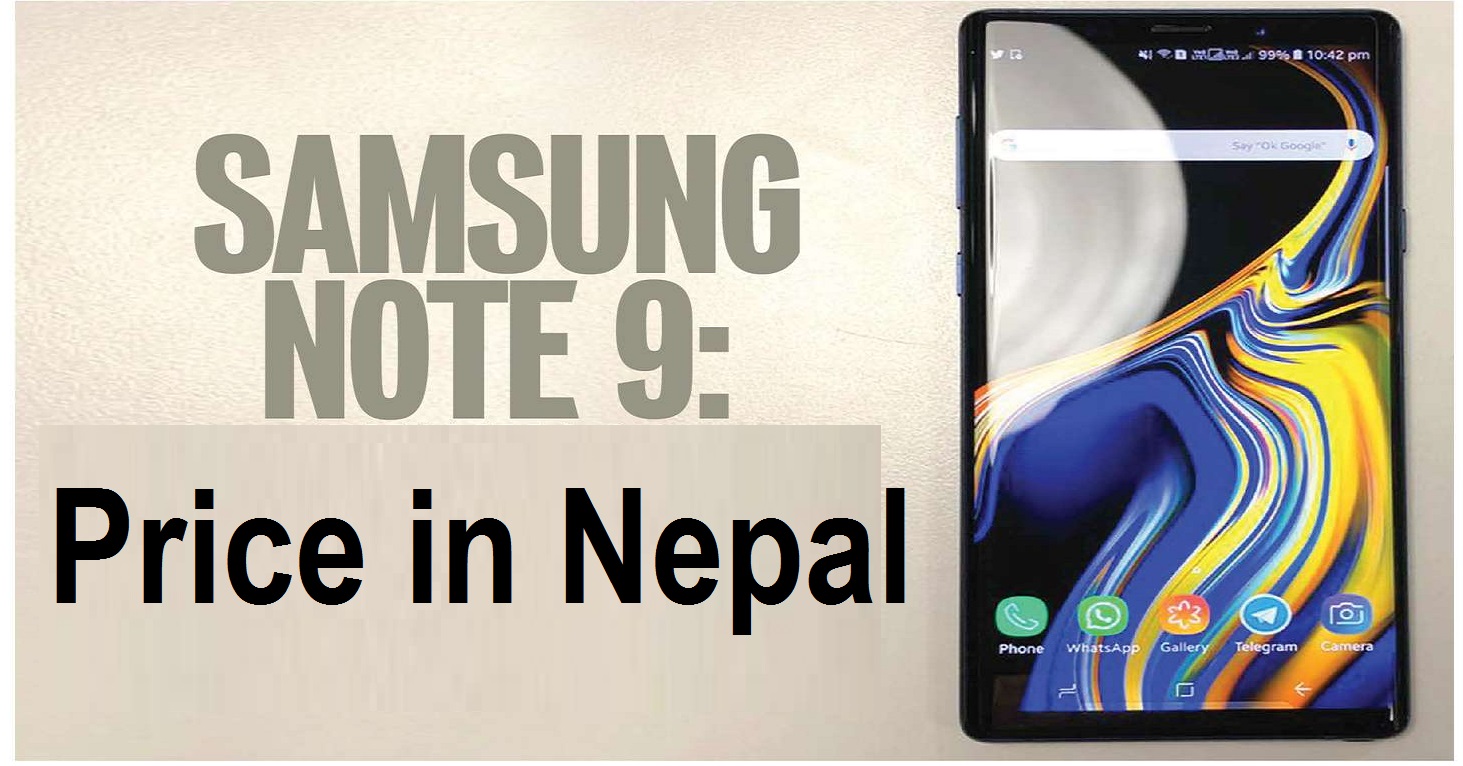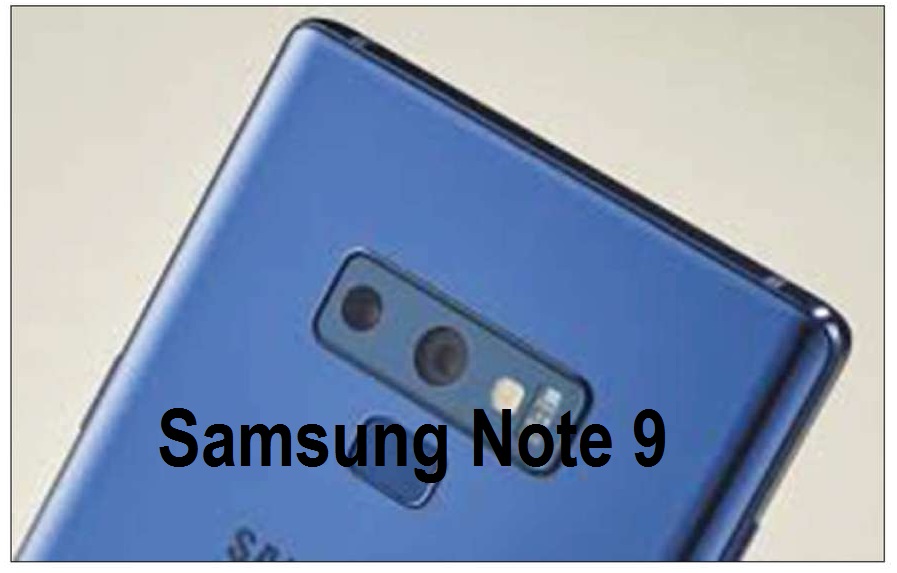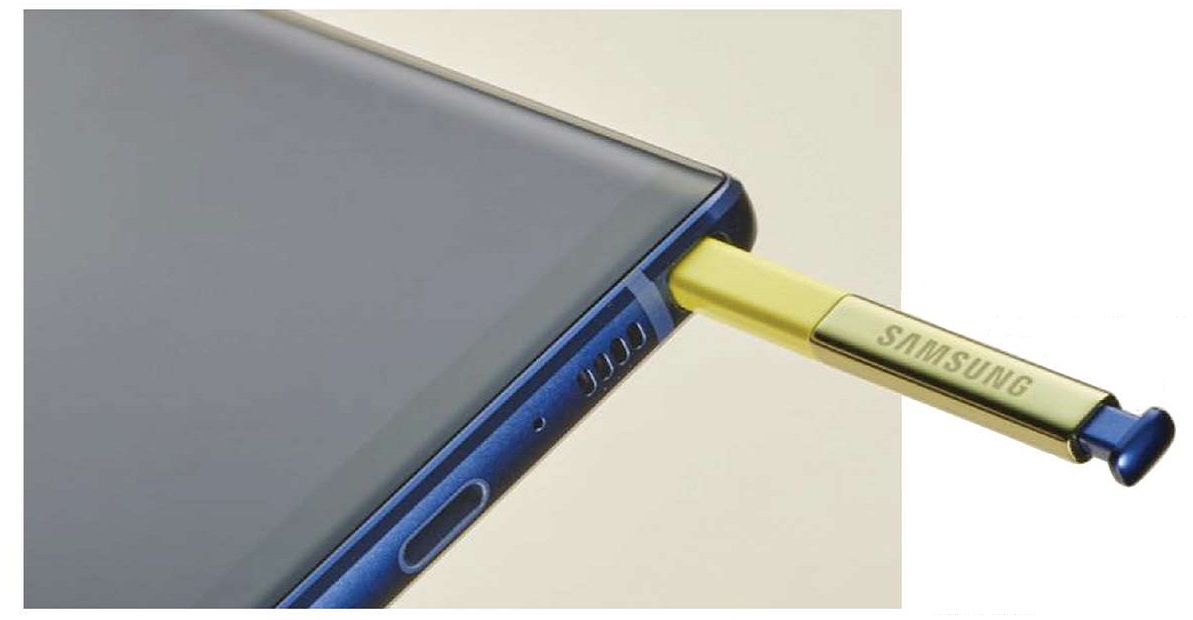
Every year we see smartphone companies scramble to come up with the most eye-catching designs, innovative software additions, and extensive advertisement campaigns to try and give themselves an edge over competitors—who, in all truth, offer devices that are more or less the same, as far as functionality is concerned. The market is laughably filled with different devices that are more or less the same—I mean, what haven't we seen yet? Triple rear cameras, dual camera features, foldable dis plays—you name it. In such a saturated market, where the level of technology on offer has more or less plateaued, is there such a thing as 'the best' smartphone? Does a perfect smartphone even exist? Well, it does and doesn't—while there is no phone we can objectively say is the best (yet), there's still going to be that one device that is best suited to your subjective needs. I am here, simply, to help you fmd that right match, as a tech matchmaker of sorts.
Market giant and trendsetter, Samsung recently came out with a new flagship phone, the Galaxy Note 9. Given the considerable resources at Samsung's disposal, every new flagship phone seems to raise the bar ever so slightly; this year's offering is no different. The Note 9, to be honest, is not that much different from the Note 8.

Design-wise, we get the same glass and metal, the curved edges and the infinity dis play. The display is as large as it can get, a 6.4 inch box of a phone, a tenth of an inch larger than its predecessor. Also, this time around, there are a lot more colour variations on offer. Apart from the classic Black, the Samsung Note 9 is also available in teal, bronz-ish brown and lavender purple. Everything else in terms of design is the same as the Note 8. There is a headphone jack, USB type-C and the Bixby button, as usual. The Super AMOLED screen, which is crisper and brighter than its predecessor, also includes a protective Gorilla Glass 5, further secured by the IP67, which makes this phone water resistant, up to an extent.
The most notable changes, however, were made in terms of expanding the longevity and efficiency of the battery on this phone which boasts a 4,000 mAh capable of fast and wireless charging. The device gets fully charged from zero to a 100 percent in less than two hours. However, it should be noted that wireless charging takes slightly longer than charging through cables. With that said, the fact that there are alternative ways of charging, is definitely a boon. And now, thanks to the bigger battery, users will not have to compromise on the quality of display.
Speaking of improvements, we can't help but talk about what makes the Note series truly special (admittedly, in a kind of superficial way). Yes, I am talking about the S-Pen aka, the stylus. This year's Samsung note is boasting a new and improved S-pen feature. Aside from being used as a pointer and drawing pen, the functionality of the device has expanded, so that you can now use it to flip the camera for selfies or as a controller to pause, rewind or skip videos, take photos, play music and more. Also, the S-Pen is now Bluetooth embedded, so even while 10 meters away from the device, you are able to use the two together. The stylus is generally yellow but there is also a blue variant.
In terms of camera, the Note 9's features are the same as that found on that other flagship phone, the Galaxy S9. It's the dual 12+12 MP sensors at the back with variable aperture that can switch between f/1.5 to f/2.4. Similarly, in the front, there is an 8 MP shooter that includes autofocus. Since it's the same setup as the S9 Plus, the Note 9 offers near identical performance capability. However, there are improvements to the AI that you will immediately notice while shooting because it automatically makes some small but (often) aesthetically useful changes to the colour balance of the images through its ability to recognise the things you are taking pictures of. It has been called a 'scene-optimizer feature,' able to detect up to 20 different subjects.

In such a saturated market, there might not be immediate room for improvements on this phone, but there is certainly a lot of room for storage. I am talking about 512 GB of storage space bolstered by an additional 8 GB RAM. What's more, the 512 GB storage can be extended up to a total of iTB, if need be. There are also six and 128 GB variants.
The Note 9 usually features either the Exynos 9810 or the Snapdragon 835 processors. In Nepal, the Exynos version is generally more available. Both of these chipsets are quite powerful. Software-wise, the Note 9 runs on the latest Android Oreo, as is expected on a flagship phone. Samsung's User Interface has always been clean and thankfully, that remains the same.
All the latest technological features are included in this phone. There is something called the Gyro sensor that gives you the option of a TR experience' on your phone. A final notable enhancement is Dex because of which you will no longer need a dock to power a desktop. Essentially, the Note 9 is a very portable computer in a rather hefty phone. To be able to own this phone you need very large and deep pockets—literal-ly and metaphor-ically—the phone is only available for pre-booking at the moment and will cost a minimum of Rs 1,1000. If that's within your reach then maybe this phone is for you-and if so, what else? The world is at your fingertips.
Source: PRATIMA ADHIKARI (The Kathmandu Post)





